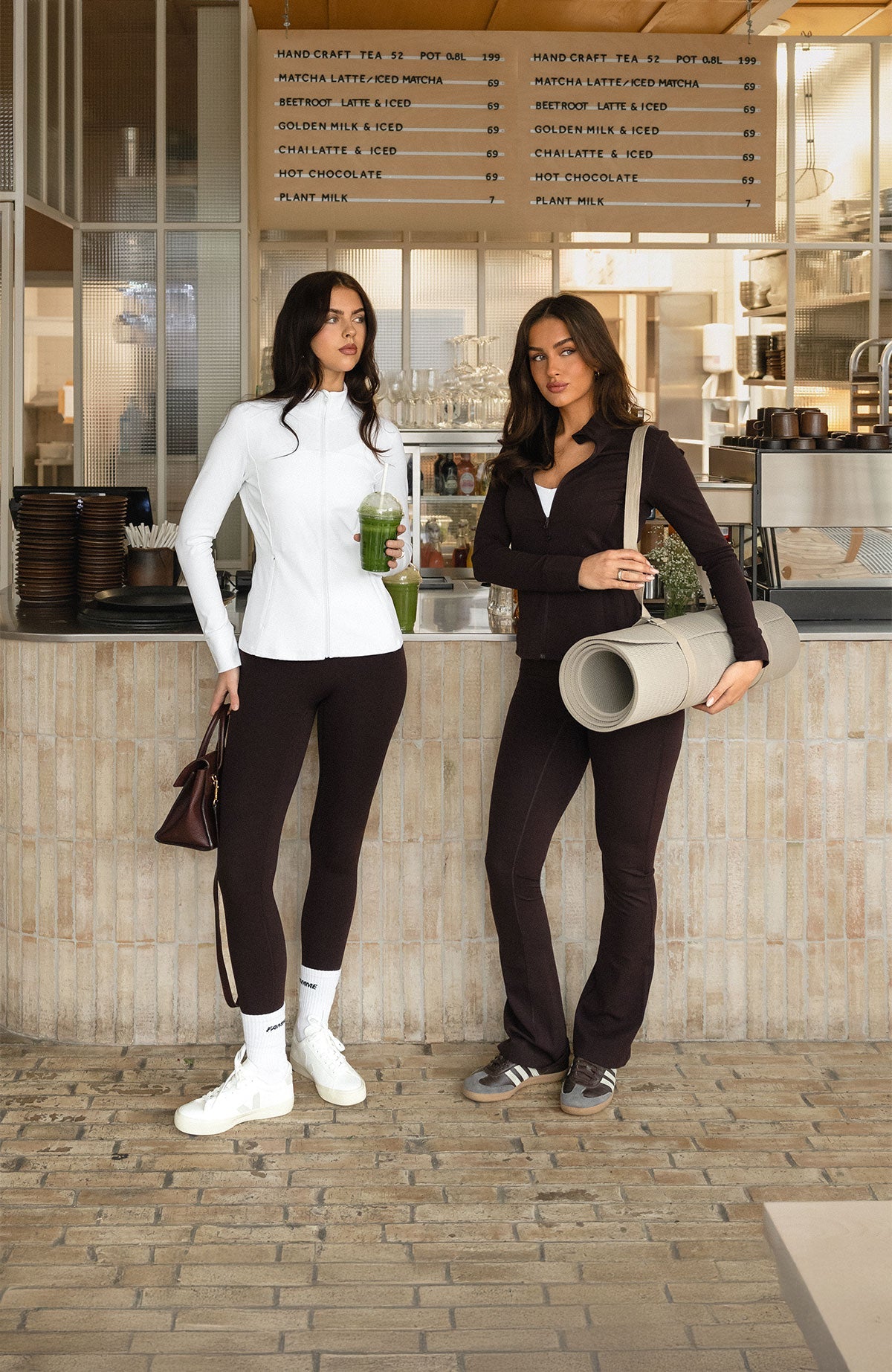Boxer Shuffle
Boxer shuffle is a low-impact cardio exercise that improves footwork, balance, and coordination. The exercise is inspired by boxing training, where quick, light movements on the feet help keep the body flexible and ready for quick changes of direction. This makes the boxer shuffle an excellent warm-up or cardio exercise to increase your heart rate without putting a lot of strain on your joints.
Correct form and technique
How to perform the boxer shuffle correctly:
- Stand with your feet shoulder width apart and your weight on your toes.
- Begin to "shuffle" by alternately lifting your heels off the ground, quickly shifting your weight from one foot to the other while keeping the movement small and light.
- Keep your arms in a slight boxing position in front of your body to maintain your balance.
- Keep the pace up and be light on your feet, so that you are constantly moving.
Keep your upper body stable and avoid large movements - focus on quick, light footwork.
Common errors
Here are some common mistakes to avoid during the boxer shuffle:
- Too heavy movements: Avoid putting your heels into the ground or taking big steps. Keep the movement light and fast.
- For stiff upper body: Keep the body relaxed but stable. It is important to move naturally with the footwork.
- Poor posture: Make sure you are standing upright, with your core engaged and your gaze forward to maintain your balance.
Modifications and variations
Adapt the exercise to your level:
- Beginners: Perform the exercise at a slower pace and focus on technique before increasing the speed.
- Advanced: Add arm movements, like shadow boxing, or perform the exercise with a jump rope for an extra challenge.
Number of repetitions and sets
Perform 30-60 seconds of boxer shuffle as a warm-up or part of a high-intensity workout, and repeat for 3-4 sets .
Breathing technique
Breathe evenly throughout the movement to maintain your pace and avoid premature exhaustion. Focus on deep, controlled breathing to keep your heart rate steady.


